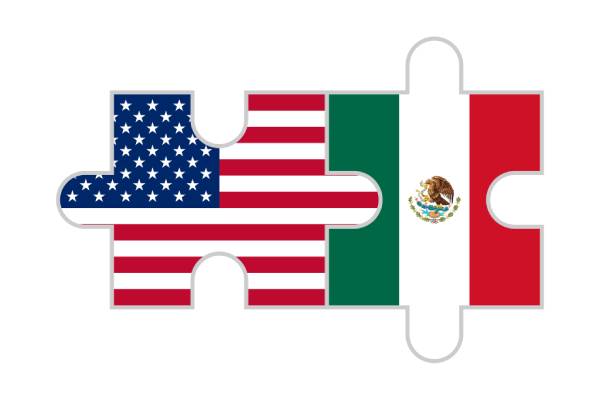How Mexico’s New Tariffs Are Reshaping U.S. Freight Strategies
Mexico’s recent tariff policies are targeting “border-skipping,” a strategy where U.S. e-commerce sellers import goods—mainly from China—through Mexico under lower duties before shipping them to the U.S. To close this loophole, Mexico has raised import duties up to 35% on apparel, textiles, and household goods, restricted temporary imports under the IMMEX program, and imposed new tariffs on non-USMCA imports.
These changes are driving up costs, complicating logistics, and forcing businesses to rethink their supply chain strategies. Matt Muenster, Chief Economist at Breakthrough, explains how these policies are reshaping freight flows, influencing spot rates, and what companies can do to stay ahead.
Supply Chain 24/7: How are Mexico’s recent tariff policies, particularly the decree targeting “border-skipping,” impacting U.S.-Mexico trade flows?
Matt Muenster: Mexico’s new decree specifically targets ‘border-skipping,’ where U.S. e-commerce sellers bring in Chinese goods, particularly apparel and textiles, through Mexico at reduced or no duty, then ship them to the U.S. to avoid higher tariffs. By raising import duties on these products and restricting them under the IMMEX program, the policy pushes companies to reexamine their supply chains, ultimately increasing costs and complicating cross-border logistics.
SC247: What challenges are U.S. companies facing when adapting to the restrictions on temporary imports under the IMMEX program?
“As companies adapt to these new restrictions, they will likely encounter increas…



Comments are closed, but trackbacks and pingbacks are open.